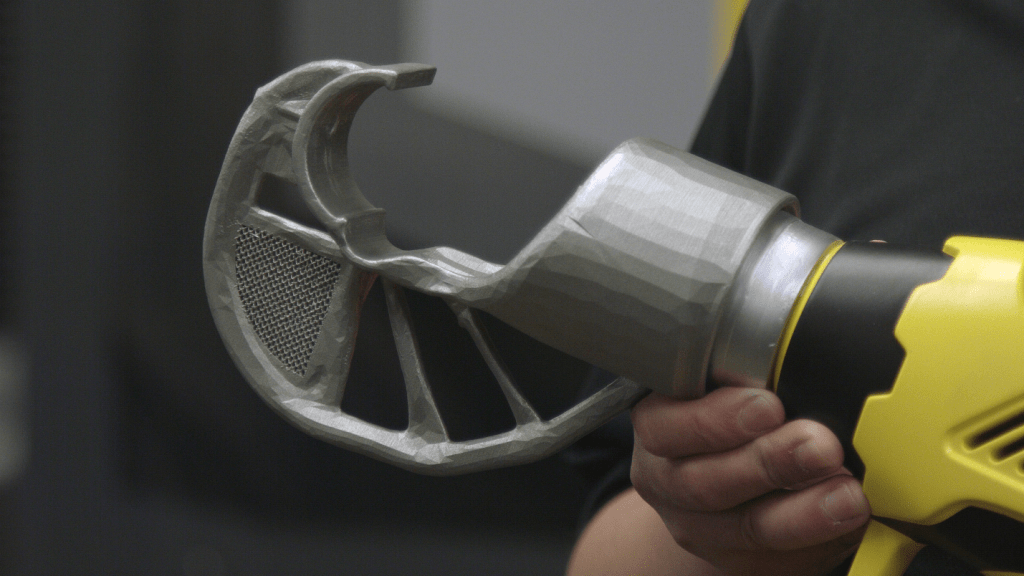
Autodesk made what could be a milestone announcement this week, as generative features are coming to Netfabb, “later this year”.
The generative features evolved from their experimental Dreamcatcher project, in which they use mathematics to create a 3D model, rather than requiring the user to create all the elements of the design.
You may think this has been done before, as generative 3D modeling has been around for a while, but it seems that the new Netfabb capabilities are a bit different.
Most generative approaches are relatively simplistic, even though they may create visually complex 3D structures. A typical use is the creation of complex internal lattice structures, typically to lose weight of a part while maintaining sufficient strength. Another use has been to generate artistic surfaces and shapes, but both of these approaches are not really working with the design as a whole.
The new Netfabb 2018 generative features are different. Greg Fallon, VP of Simulation, Autodesk, explains:
Generative design technology takes goals set by a designer or engineer, e.g. size, weight, strength, style, materials, cost, and any number of other criteria, and then uses cloud computing to create a massive number of design solutions.
Using intelligent algorithms based on machine learning and advanced simulation, it produces smart design solutions that can be difficult for today’s designers and engineers to discover and model efficiently. The designer or engineer then identifies and adapts the right solution as desired. This process leads to major reductions in cost, development time, material consumption and product weight and gives our manufacturing customers the ability to design and engineer in brand new ways.
Autodesk Generative Design is not just topology or lattice optimization alone – it’s a massive step beyond that. While optimization focuses on refining a known solution without any notion of manufacturability, generative design helps the engineer explore a whole cadre of functional and manufacturing design options. With Autodesk Generative Design, a designer or engineer can not only discover a new solution, they can then bring it to life using additive manufacturing tools.
I believe this feature could be a game changer in the long term, if it catches on. As seen in the video above, Black and Decker used the system to generate a part that was lighter and less expensive to produce. If a sufficient number of manufacturers perform generative design, then it could become a defacto standard among vendors.
And that could lead to a big increase in 3D printing use.
Via Autodesk

